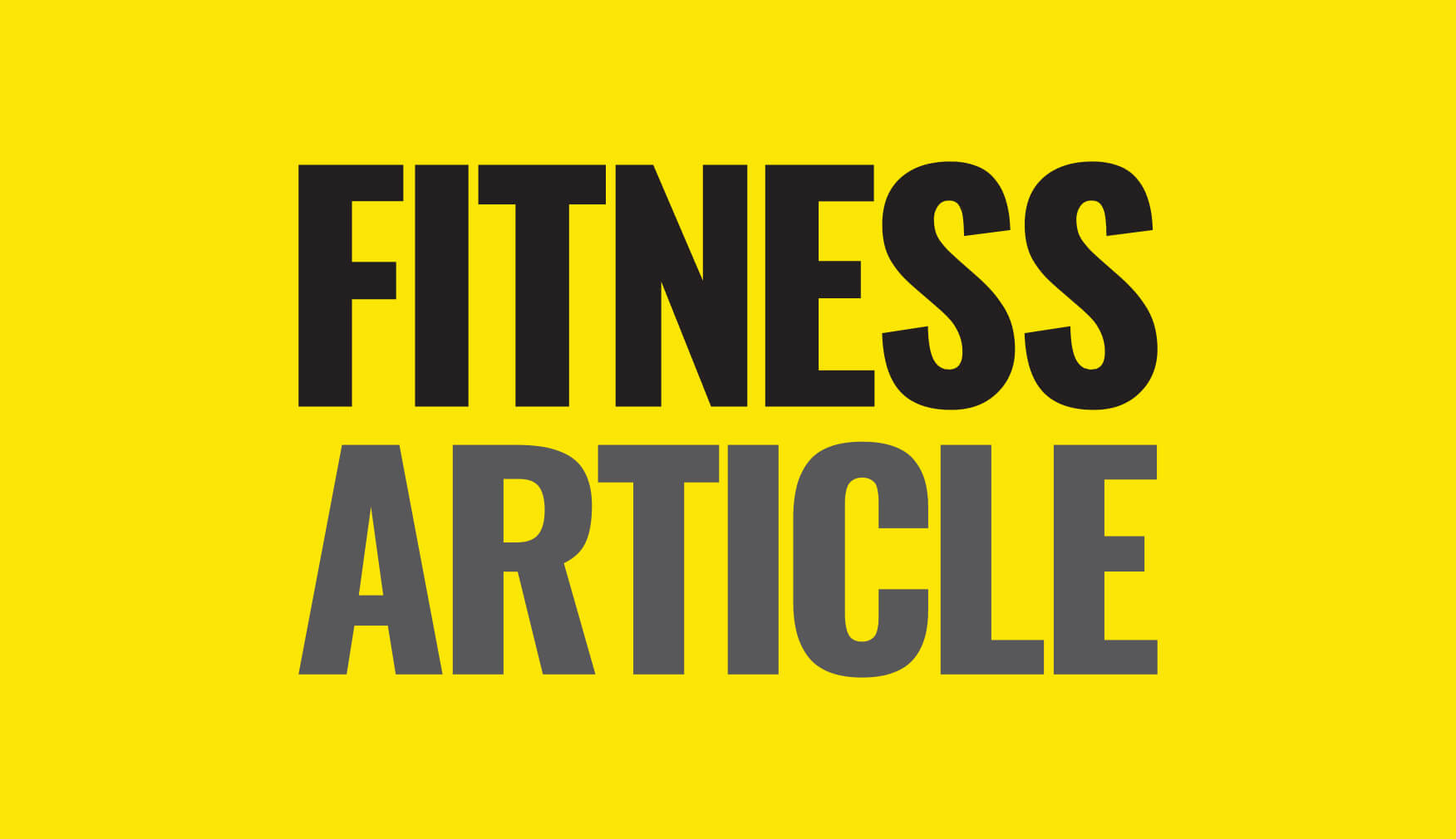How to spot and solve forward head posture

It used to be called "scholar's neck" or "reading neck." Today it's called "texting neck." Whatever you call it, forward head posture (FHP) can wreck your training.
If you find yourself complaining of persistent neck and upper back pain, along with tension-type headaches your head position could be the reason.
The good news is with a few simple exercises and posture awareness you can start correcting this posture!
How to know if you have forward head posture?
Do this little test…
- Stand with your back towards a wall with your heels positioned shoulder width apart
- Press your buttocks against the wall and ensure that your shoulder blades are in contact with the wall.
**Squeezing your shoulder blades together can help you get your shoulders into a more neutral position and aligned with the wall.
- Now, check your head position – is the back of your head touching the wall?
- If it’s not, you have forward head posture and should do your best to correct it.
What is FHP?
Technically speaking, forward head posture means that the skull is leaning forwards, more than an inch, over the atlas (which is the first vertebrae in your neck).
Forward head posture is considered to be the most common postural deformity, affecting between 66% and 90% of the population.
A study published in the Journal of Physical Therapy Science breaks down what happens to the body in individuals with forward head posture. The muscles and joints at the front of the neck become weak, while the muscles in the upper back and shoulders get really tight (See muscles affected below). The centre of gravity of your head shifts forward which increases the load on your neck.
The changes that occur with forward head posture can lead to persistent and abnormal pressure in the muscles, tissues, and nerves of both the neck and shoulders, which can lead to rounding of shoulders and herniated discs in an effort to compensate, which results in a higher load being placed on the back and shoulder muscles.
The fixes
There are lots of drills and adjustments you can make to solve your FHP. To start off give the wall drill a try…
- Stand with your back to a wall.
- Make sure your lower back and shoulder blades are touching the wall. Have your feet slightly away from the wall.
- Now touch the wall with the back of your head. Start to tuck your chin into your chest without letting your head lose contact with the wall.
- Repeat this for 10-15 reps and focus on the stretch in the back of your neck.
- Step away from the wall and try to replicate that same feeling without needing to use the wall.
Try to maintain that “chin tuck” position and the stretch up the neck as often as possible. Also spend time stretching out your traps by bringing your ears towards your shoulders. Lastly, if you work at a desk make sure the top third of your screen is at eye level and the screen is 18 – 24 inches away from your face.

